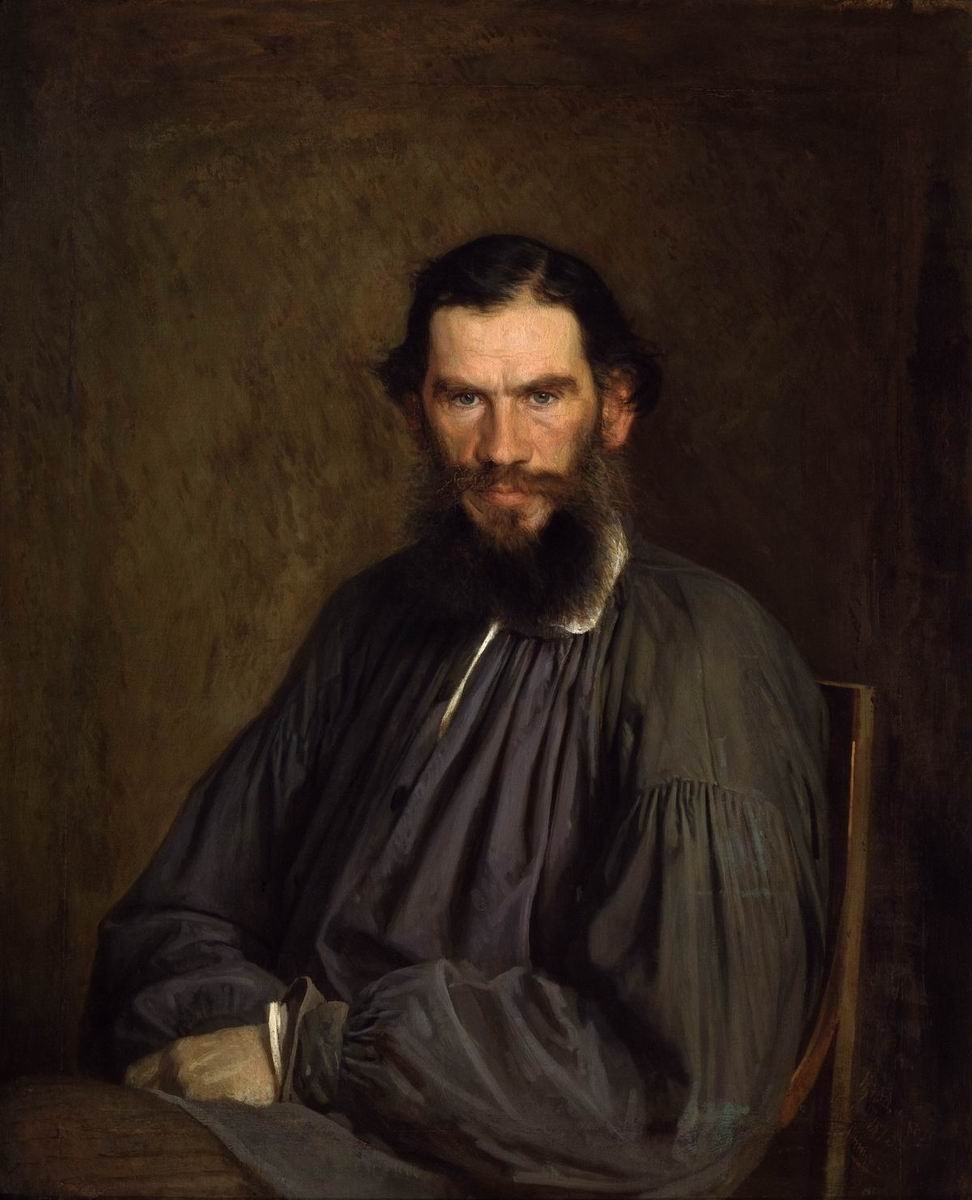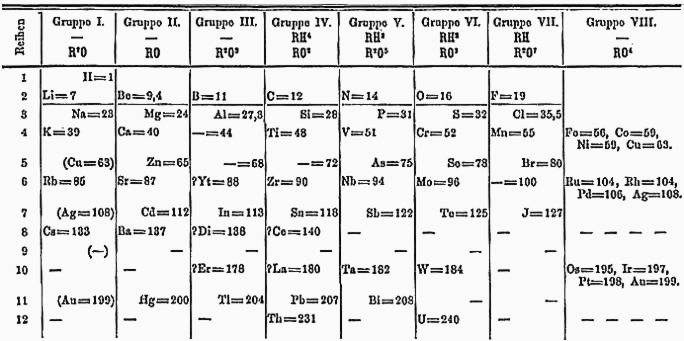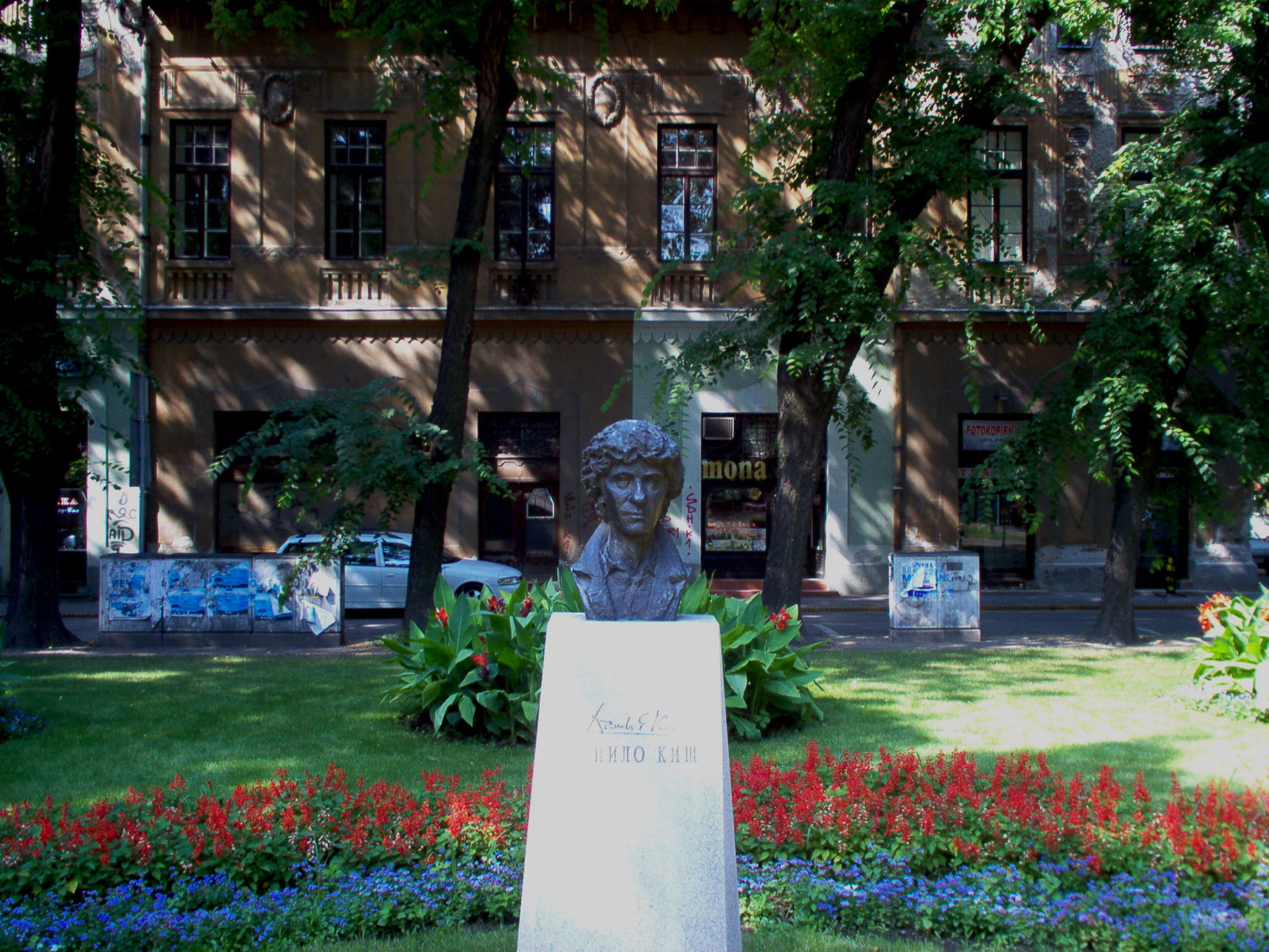|
Serbian Academy Of Science And Art
The Serbian Academy of Sciences and Arts ( la, Academia Scientiarum et Artium Serbica, sr-Cyr, Српска академија наука и уметности, САНУ, Srpska akademija nauka i umetnosti, SANU) is a national academy and the most prominent academic institution in Serbia, founded in 1841 as Society of Serbian Letters ( sr, link=no, Друштво србске словесности, ДСС, Društvo srbske slovesnosti, DSS). The Academy's membership has included Nobel laureates Ivo Andrić, Leopold Ružička, Vladimir Prelog, Glenn T. Seaborg, Mikhail Sholokhov, Aleksandr Solzhenitsyn, and Peter Handke as well as, Josif Pančić, Jovan Cvijić, Branislav Petronijević, Vlaho Bukovac, Mihajlo Pupin, Nikola Tesla, Milutin Milanković, Mihailo Petrović-Alas, Mehmed Meša Selimović, Danilo Kiš, Dmitri Mendeleev, Victor Hugo, Leo Tolstoy, Jacob Grimm, Antonín Dvořák, Henry Moore and many other scientists, scholars and artists of Serbian and ... [...More Info...] [...Related Items...] OR: [Wikipedia] [Google] [Baidu] |
Belgrade
Belgrade ( , ;, ; Names of European cities in different languages: B, names in other languages) is the Capital city, capital and List of cities in Serbia, largest city in Serbia. It is located at the confluence of the Sava and Danube rivers and the crossroads of the Pannonian Basin, Pannonian Plain and the Balkan Peninsula. Nearly 1,166,763 million people live within the administrative limits of the City of Belgrade. It is the third largest of all List of cities and towns on Danube river, cities on the Danube river. Belgrade is one of the List of oldest continuously inhabited cities, oldest continuously inhabited cities in Europe and the world. One of the most important prehistoric cultures of Europe, the Vinča culture, evolved within the Belgrade area in the 6th millennium BC. In antiquity, Thracians, Thraco-Dacians inhabited the region and, after 279 BC, Celts settled the city, naming it ''Singidunum, Singidūn''. It was Roman Serbia, conquered by the Romans under the reign ... [...More Info...] [...Related Items...] OR: [Wikipedia] [Google] [Baidu] |
Jovan Cvijić
Jovan Cvijić ( sr-cyr, Јован Цвијић, ; 1865 – 16 January 1927) was a Serbian geographer and ethnologist, president of the Serbian Royal Academy of Sciences and rector of the University of Belgrade. Cvijić is considered the founder of geography in Serbia. He began his scientific career as a geographer and geologist, and continued his activity as a human geographer and sociologist. Early life and family Cvijić was born in Loznica in the westernmost part of Principality of Serbia. His family was part of the Spasojević branch of the Piva tribe (''Pivljani'') in Old Herzegovina (currently Montenegro). Cvijić's father, Todor, was a merchant; his grandfather, Živko, was head of Loznica and a supporter of the House of Obrenović in Mačva. Živko fought in the 1844 Katana Uprising against the Defenders of the Constitution, and died after torture. Cvijić's great-grandfather, Cvijo Spasojević, patriarch of the Cvijić family, was a ''hajduk'' leader in Ol ... [...More Info...] [...Related Items...] OR: [Wikipedia] [Google] [Baidu] |
Antonín Dvořák
Antonín Leopold Dvořák ( ; ; 8 September 1841 – 1 May 1904) was a Czechs, Czech composer. Dvořák frequently employed rhythms and other aspects of the folk music of Moravian traditional music, Moravia and his native Bohemia, following the Romantic-era Czech nationalism, nationalist example of his predecessor Bedřich Smetana. Dvořák's style has been described as "the fullest recreation of a national idiom with that of the symphonic tradition, absorbing folk influences and finding effective ways of using them". Dvořák displayed his musical gifts at an early age, being an apt violin student from age six. The first public performances of his works were in Prague in 1872 and, with special success, in 1873, when he was 31 years old. Seeking recognition beyond the Prague area, he submitted a score of his Symphony No. 1 (Dvořák), First Symphony to a prize competition in Germany, but did not win, and the unreturned manuscript was lost until it was rediscovered many decades ... [...More Info...] [...Related Items...] OR: [Wikipedia] [Google] [Baidu] |
Jacob Grimm
Jacob Ludwig Karl Grimm (4 January 1785 – 20 September 1863), also known as Ludwig Karl, was a German author, linguist, philologist, jurist, and folklorist. He is known as the discoverer of Grimm's law of linguistics, the co-author of the monumental '' Deutsches Wörterbuch'', the author of ''Deutsche Mythologie'', and the editor of ''Grimms' Fairy Tales''. He was the older brother of Wilhelm Grimm; together, they were the literary duo known as the Brothers Grimm. Life and books Jacob Grimm was born 4 January 1785, in Hanau in Hesse-Kassel. His father, Philipp Grimm, was a lawyer who died while Jacob was a child, and his mother Dorothea was left with a very small income. Her sister was lady of the chamber to the Landgravine of Hesse, and she helped to support and educate the family. Jacob was sent to the public school at Kassel in 1798 with his younger brother Wilhelm. In 1802, he went to the University of Marburg where he studied law, a profession for which he had be ... [...More Info...] [...Related Items...] OR: [Wikipedia] [Google] [Baidu] |
Leo Tolstoy
Count Lev Nikolayevich TolstoyTolstoy pronounced his first name as , which corresponds to the romanization ''Lyov''. () (; russian: link=no, Лев Николаевич Толстой,In Tolstoy's day, his name was written as in pre-reformed Russian. ; ), usually referred to in English as Leo Tolstoy, was a Russian writer who is regarded as one of the greatest authors of all time. He received nominations for the Nobel Prize in Literature every year from 1902 to 1906 and for the Nobel Peace Prize in 1901, 1902, and 1909; the fact that he never won is a major controversy. Born to an aristocratic Russian family in 1828, Tolstoy's notable works include the novels ''War and Peace'' (1869) and ''Anna Karenina'' (1878), often cited as pinnacles of realist fiction. He first achieved literary acclaim in his twenties with his semi-autobiographical trilogy, ''Childhood'', '' Boyhood'', and ''Youth'' (1852–1856), and '' Sevastopol Sketches'' (1855), based upon his experiences in ... [...More Info...] [...Related Items...] OR: [Wikipedia] [Google] [Baidu] |
Victor Hugo
Victor-Marie Hugo (; 26 February 1802 – 22 May 1885) was a French Romantic writer and politician. During a literary career that spanned more than sixty years, he wrote in a variety of genres and forms. He is considered to be one of the greatest French writers of all time. His most famous works are the novels ''The Hunchback of Notre-Dame'' (1831) and ''Les Misérables'' (1862). In France, Hugo is renowned for his poetry collections, such as (''The Contemplations'') and (''The Legend of the Ages''). Hugo was at the forefront of the Romanticism, Romantic literary movement with his play ''Cromwell (play), Cromwell'' and drama ''Hernani (drama), Hernani''. Many of his works have inspired music, both during his lifetime and after his death, including the opera ''Rigoletto'' and the musicals ''Les Misérables (musical), Les Misérables'' and ''Notre-Dame de Paris (musical), Notre-Dame de Paris''. He produced more than 4,000 drawings in his lifetime, and campaigned for social cau ... [...More Info...] [...Related Items...] OR: [Wikipedia] [Google] [Baidu] |
Dmitri Mendeleev
Dmitri Ivanovich Mendeleev (sometimes transliterated as Mendeleyev or Mendeleef) ( ; russian: links=no, Дмитрий Иванович Менделеев, tr. , ; 8 February Old_Style_and_New_Style_dates">O.S._27_January.html" ;"title="Old_Style_and_New_Style_dates.html" ;"title="nowiki/> O.S._27_January">Old_Style_and_New_Style_dates.html"_;"title="nowiki/>Old_Style_and_New_Style_dates">O.S._27_January18342_February_[O.S._20_January.html" ;"title="Old Style and New Style dates">O.S. 27 January">Old_Style_and_New_Style_dates.html" ;"title="nowiki/>Old Style and New Style dates">O.S. 27 January18342 February [O.S. 20 January">Old Style and New Style dates">O.S. 27 January">Old_Style_and_New_Style_dates.html" ;"title="nowiki/>Old Style and New Style dates">O.S. 27 January18342 February [O.S. 20 January1907) was a Russian chemist and inventor. He is best known for formulating the Periodic Law and creating a version of the periodic table, periodic table of elements. He used th ... [...More Info...] [...Related Items...] OR: [Wikipedia] [Google] [Baidu] |
Danilo Kiš
Danilo Kiš (; born Dániel Kiss; 22 February 1935 – 15 October 1989) was a Yugoslav novelist, short story writer, essayist and translator. His best known works include ''Hourglass'', ''A Tomb for Boris Davidovich'' and '' The Encyclopedia of the Dead''. Life and work Early life Kiš was born in Subotica, Danube Banovina, Kingdom of Yugoslavia (now Serbia). Kiš was the son of Eduard Kiš ( hu, Kis Ede), a Hungarian-speaking Jewish railway inspector and Milica (née Dragićević), a Serbian Orthodox Christian from Cetinje. His father was born in Austria-Hungary with the surname Kohn, but changed it to Kiš as part of Magyarization, a widely implemented practice at the time. Kiš's parents met in 1930 in Subotica and married the following year. Milica gave birth to a daughter, Danica, in Zagreb in 1932 before the family relocated to Subotica. Kiš's father was an unsteady and often absent figure in Danilo's childhood. Eduard Kiš spent time in a psychiatric hospital in Be ... [...More Info...] [...Related Items...] OR: [Wikipedia] [Google] [Baidu] |
Meša Selimović
Mehmed "Meša" Selimović (; ; 26 April 1910 – 11 July 1982) was a Yugoslav writer, whose novel '' Death and the Dervish'' is one of the most important literary works in post-World War II Yugoslavia. Some of the main themes in his works are the relations between individuality and authority, life and death, and other existential problems. Biography Selimović was born to a prominent Bosnian Muslim family on 26 April 1910 in Tuzla, Bosnia and Herzegovina, where he graduated from elementary school and high school. In 1930, he enrolled to study the Serbo-Croatian language and literature at the University of Belgrade Faculty of Philology and graduated in 1934. His lecturers included Bogdan Popović, Pavle Popović, Vladimir Ćorović, Veselin Čajkanović, Aleksandar Belić and Stjepan Kuljbakin. In 1936, he returned to Tuzla to teach in the gymnasium that today bears his name. At that time he participated in the Soko athletic organisation. He spent the first two years of the S ... [...More Info...] [...Related Items...] OR: [Wikipedia] [Google] [Baidu] |
Mihailo Petrović-Alas
Mihailo ( sr-cyr, Михаило) or Mihajlo () is a Serbian masculine given name, a variant of the Hebrew name ''Michael''. Common as a given name among Serbs, it is an uncommon surname. It may refer to: * Mihailo Vojislavljević ( fl. 1050–d. 1081)), King of Duklja * Mihailo Ovčarević (fl. 1550–79), Habsburg Serb commander * Mihailo Đurić (b. 1925), Serbian philosopher, retired professor, and academic * Mihailo Janković (d. 1976), Serbian architect * Mihailo Jovanović (b. 1975), Serbian footballer * Mihailo Lalić (1914–1992), Montenegrin and Serbian novelist * Mihailo Marković (1927-2010), Serbian philosopher * Mihailo Merćep (1864–1937), Serb flight pioneer * Mihailo Obrenović (1823–1868), Prince of Serbia * Mihailo Petrović (1868–1943), Serbian mathematician and inventor * Mihailo Petrović (Chetnik) (1871-1941), Serbian archpriest and freedom fighter * Miraš Dedeić Mihailo Dedeić ( cyrl, Михаило Дедеић; born 8 November 1938) commonly r ... [...More Info...] [...Related Items...] OR: [Wikipedia] [Google] [Baidu] |
Milutin Milanković
Milutin Milanković (sometimes anglicised as Milankovitch; sr-Cyrl, Милутин Миланковић ; 28 May 1879 – 12 December 1958) was a Serbian mathematician, astronomer, climatologist, geophysicist, civil engineer and popularizer of science. Milanković gave two fundamental contributions to global science. The first contribution is the "Canon of the Earth's Insolation", which characterizes the climates of all the planets of the Solar System. The second contribution is the explanation of Earth's long-term climate changes caused by changes in the position of the Earth in comparison to the Sun, now known as Milankovitch cycles. This partly explained the ice ages occurring in the geological past of the Earth, as well as the climate changes on the Earth which can be expected in the future. He founded planetary climatology by calculating temperatures of the upper layers of the Earth's atmosphere as well as the temperature conditions on planets of the inner Solar System, ... [...More Info...] [...Related Items...] OR: [Wikipedia] [Google] [Baidu] |

.jpg)


.jpg)




